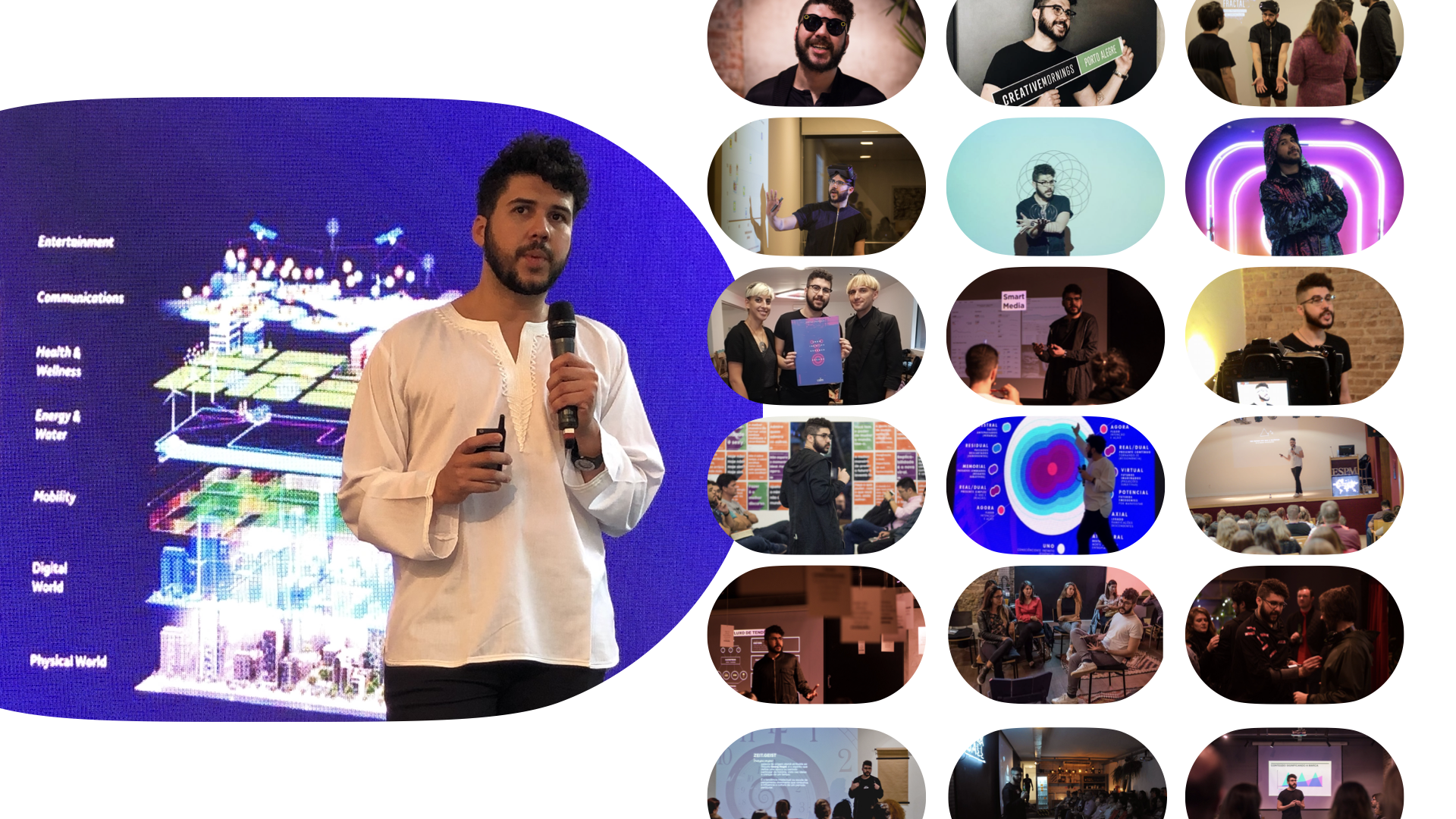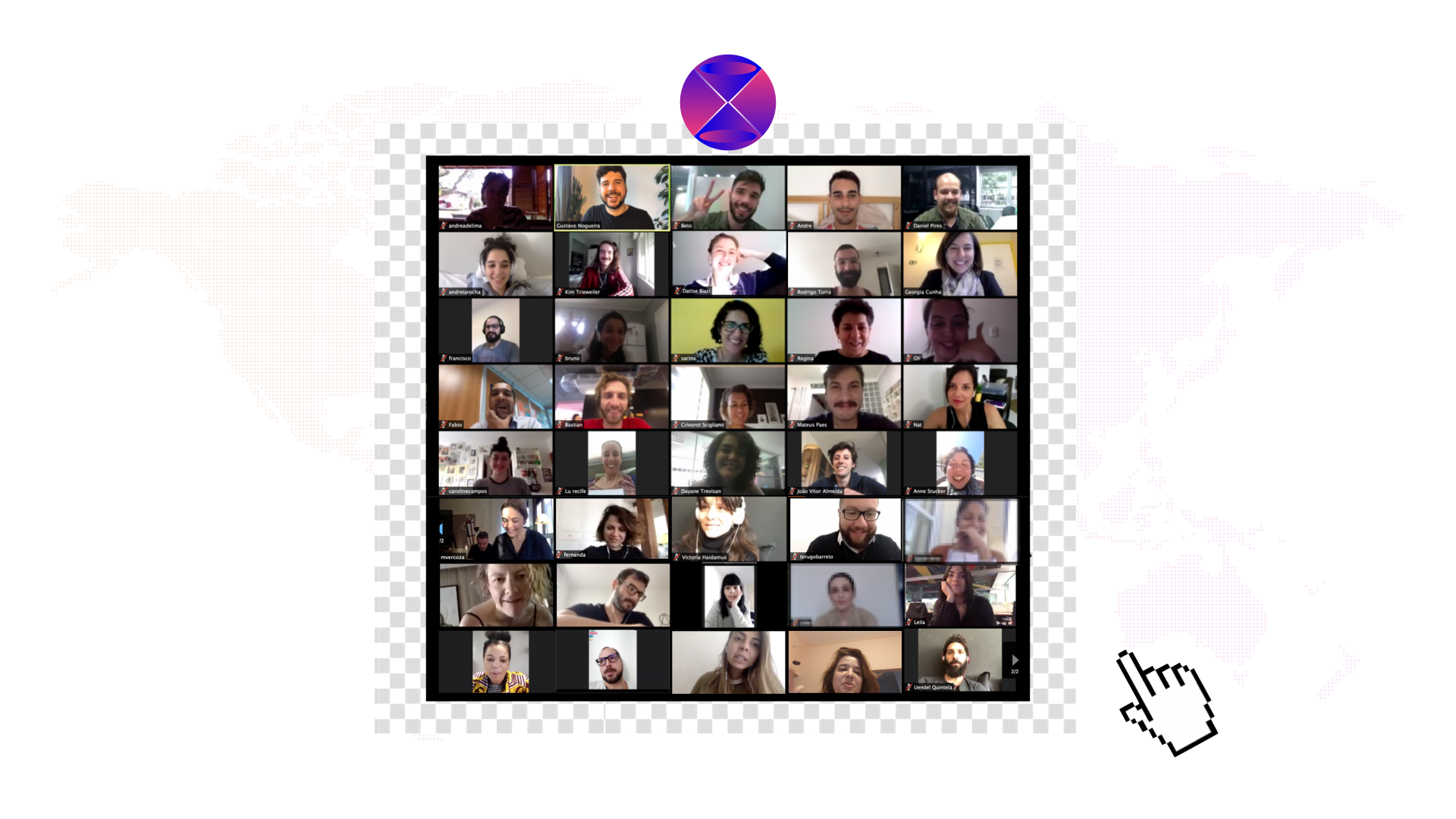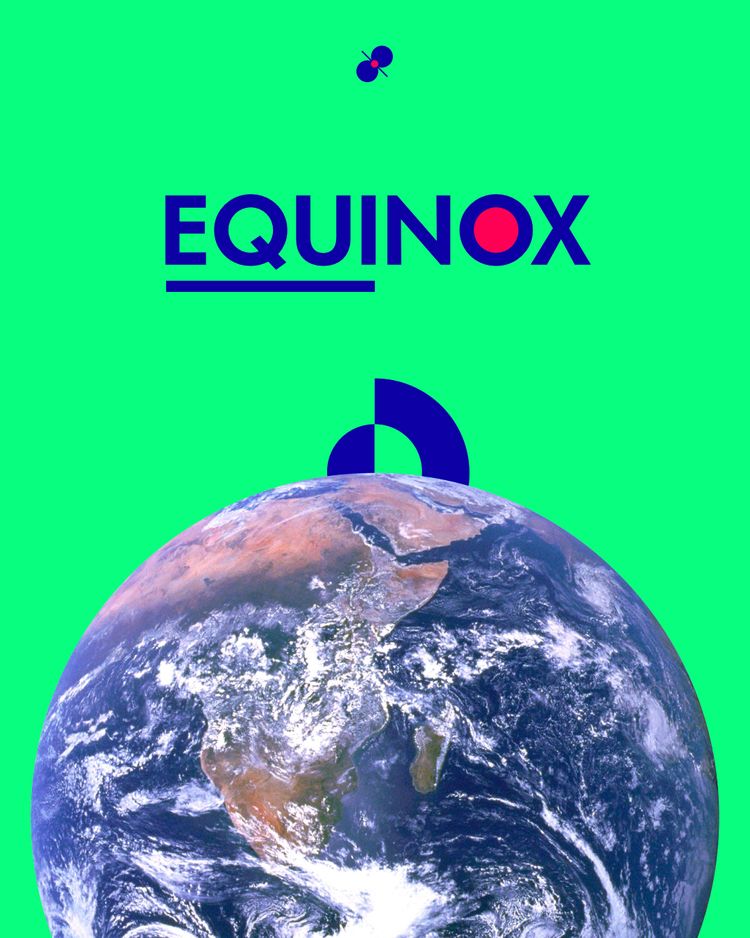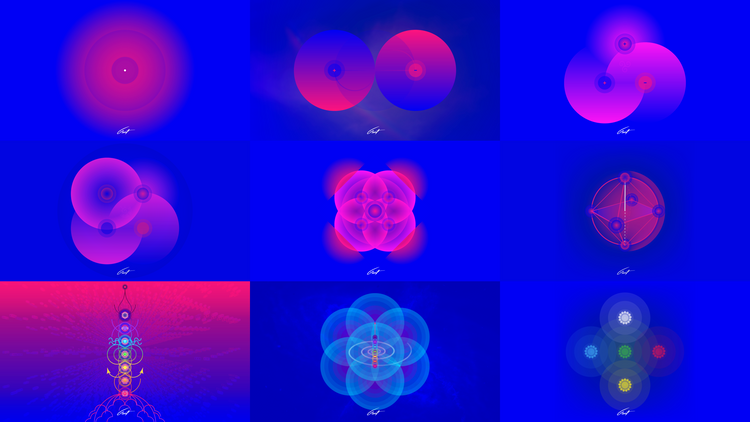Connecting New Temporalities

TL:DR Until these days we cannot fully understand time. It is defined by the physicist Carlo Rovelli as the greatest remaining mystery. Psychologist Philip Zimbardo says that the way we orient ourselves towards the past, present and future drives our happiness and success. Author Daniel Pink shows that timing is really a science, and our lives are an endless stream of “when” decisions. According to philosopher Aristotle, time is the measure of change. And change is our only constant. Understanding the time around us is about perspective. To travel to the future and understand where we are going, it is necessary first to take two steps back and understand the story that has brought us here.
Aster. Chronos. Kairos. Quantum.
From the moment our hunter-gatherer ancestors came together around the campfire to tell stories, we talked about time. As we observe the stars, the “Aster” time, a dance that we perceive to occur in a different rhythm from ours, here on earth; by observing nature, the “Chronos” time, the cycles and patterns that can be controlled, and which have allowed us to develop agriculture and with that the earliest civilizations beyond nomadism; and by looking at what exists within us, the subtle, subjective “Kairos” time, in which experiences occur and one hour may seem to take a year or a minute in what we call the flow state.
(And, yet, there is also the “Quantum” time, which shows us that time is ignorance. And it teaches us about our humanity. It is what we explore in our initiative called Temporal. Send me a message on gust@torustimelab.com if you want to be part of it.
Temporal orientations
Psychologist Philip Zimbardo says that the way we orient ourselves in relation to the past, present, and future influences and drives our relationship with the reality around us. We turn to the future without knowing what we want from it and without taking into account what has already happened. This time-related myopia brings consequences such as lack of memory and the propensity to commit the same mistakes from the past.
To study time, an important moment in my journey was the realization that the history of our different peoples is hitherto older than the two millennia reminiscent of today. Kurzgesagt: the German term means “in brief” or “in a nutshell”. And it is also the name of a project created in 2013 and based in Munich focused on the production of educational videos in animation answering important questions of our time. Among the videos, one of them suggests we should challenge our current calendar and proposes to add 10,000 years to our count, using as a landmark one of the first great constructions of humanity, marking the beginning of human history. We would, then, be in the year 12,020 HE — the calendar count of the Human Era.
Why is this important for a conversation about time? As the American educator Stephen Covey wrote, “we see the world not as it is, but as we are — or as we were conditioned to see it.” Understanding the time around us is also about perspective. To travel to the future and understand where we are going, it is necessary first to take two steps back and understand the story that has brought us here. Not surprisingly, one of the most renowned futurists today, Israeli Yuval Noah Harari, is also a history professor.
Futurism Hangover
After a brief history of time, the focus here turns to the cultural context. I had experienced an immersion in my relationship with time through an experience guided by Inesplorato, a knowledge curatorship startup, who prepared me a special box on the subject. In it, an article planted in me a provocation, like a seed: why could we predict the invention of smartphones but not the entry of women into the workplace? “Futurism is living a cultural blindness”, journalist Tom Vanderbilt told me in an article signed on Nautilus Magazine in 2015.

“The only thing immutable in humans is its vocation for change, so the revolution will be permanent, contradictory, unpredictable, or it will not be,” said the Belgian-Argentine writer Julio Cortázar. “The clot-revolutions, the prefabricated revolutions, have within themselves their own negation, the future structure.” Technology is the basis of exponential thinking, essential to this area of study, and of great importance also for many of today’s innovations. But soon we understand that technology is a tool. It is ambiguous and analogous to its potential uses. To think of the future only through technology is only to feedback the current system. A process that begins with an end already defined. Controlled disruption. Masks of Techno-Capitalism.
There is also a change of ideologies and archetypes of the world going on. There are other possible realities that deserve our attention and energy. We believe in utopia as a horizon of displacement, as Eduardo Galeano said.“The utopia is there on the horizon. I approach two steps, it steps away from me two steps. I walk ten steps and the horizon runs ten steps. As much as I walk, I will never reach it. What is a utopia for? It is for this: so that I do not stop walking.” Observing the future is embracing the unpredictable. It is an invitation to a quest, inside and out, for balance in our journey. We must rethink, as individuals and as a society, our relationship with time.
Correcting our myopia about time
Daniel Pink in his book “When” shows us that in addition to the “how” manuals, our lives are an endless stream of “when” decisions. The currency of the present time is no longer a currency, but time itself. Our next steps as humanity will also depend on balance: between the different temporal perspectives; among the different areas of knowledge that are related; and among the various voices that need a place in this dialogue. The lenses of sociology and culture are also necessary from experts representing different peoples, origins, ethnicities.
The American intellectual George Santayana said, “Progress, far from consisting of change, depends on retention. When change is absolute, there is no being left to improve and no direction is set for possible improvement; and when the experience is not maintained, as among the savages, childhood is perpetual. Those who cannot remember the past are doomed to repeat it.” Studying time and its implications mean to consider roots and potentialities applied. Past and future, together, converging on possible presents.
My journey though time
This field accompanies me since my youth when I decided to start a graduation in Physics while studying Social Communication. This interest also remained latent when I quit that to dedicate myself only to the study of the social sciences. I was born in Brazil, in the heart of the Amazon Rainforest region, which also influence my journey in search of other ways to connect with time. Today I am an artist, researcher and entrepreneur questioning our relationship with time as individuals and as a society. I am living in Amsterdam since 2017, using my 15 years of professional experience to work with a transdisciplinary community around the world that are on the quest to be in sync with new temporalitios for our planet.

Temporal Intelligence
In a world of constant and ever-changing transformations, we need to understand the lines that intersect and define the spirit of time around us, so that we do not lose the north nor the course of action. So far almost three years, I independently founded Torus Time Lab.
To understand the world, we studies time. Change is our only constant. To be in connection with what exists and is full of life, among challenges and opportunities in the world, we study what is in transition, in process, in transformation. It is necessary to feel the world beyond what exists and to be open, now, to what the world becomes.
Torus Time Lab was designed to be a movement of an era yet to come. A guide between sociopolitical questions, philosophical questions, and answers that emerge from artistic, cultural and also technological expressions. That is why we understand the world from what it can become, not from what it is, and we translate the world as it happens.

Today we are a global network of people living in different places around the world. We believe it is possible to change the world by changing the way we relate to time. And we promote spaces in which this relationship can be rethought and re-signified. One of the projects we have invested a lot of dedication on, for example, is a learning experience called Zeitgeist Navigators, in which guidelines on challenges and opportunities for the 21st-century travelers are shared. Another project is Sandglass, our ongoing study group about time in which we host specialists weekly from the most diverse areas for a safe exchange space that feeds us. Also, we apply our studies as advisors on how to dialogue with the spirit of our time and potentialize the relationships that we are all building with the reality around us.
However, between the beginning and the end, it is also important to recognize that we are in the middle of a long process. And besides telling you mine and Torus’ perspective, I would love to hear:






Member discussion